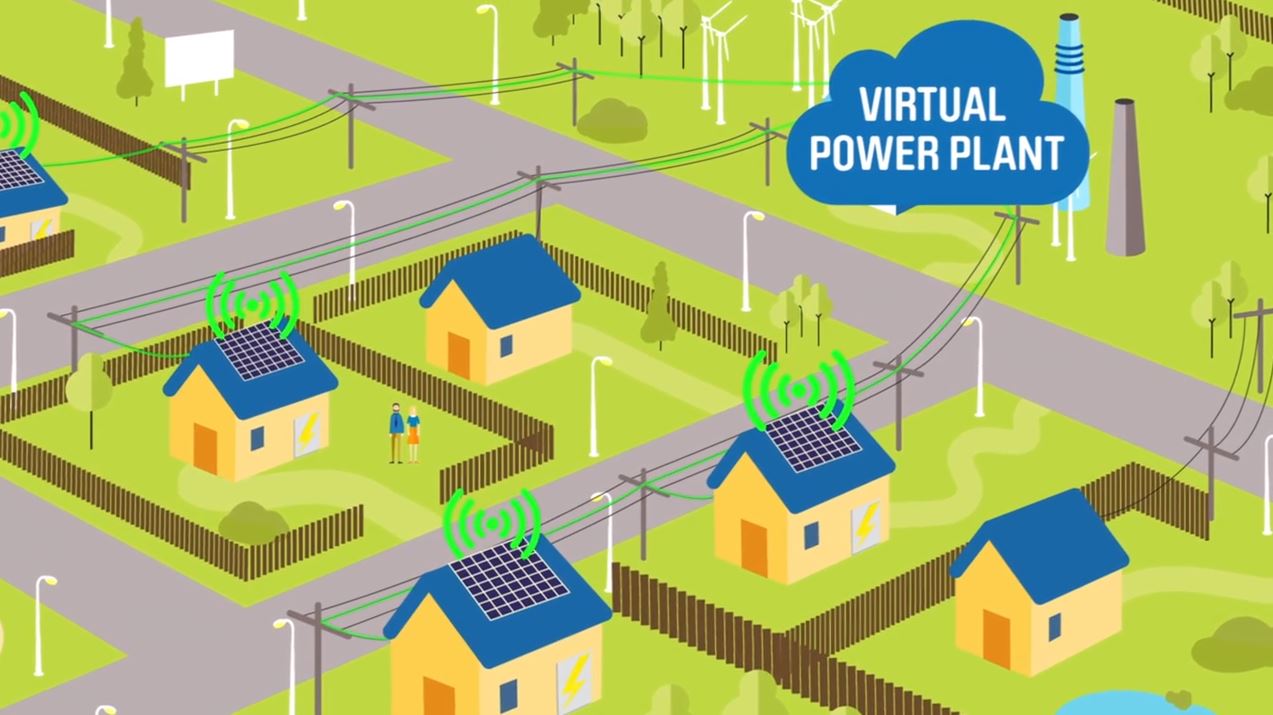It’s a solution so popular that not even politics can kill it.
With major investments in wind energy, the world’s largest utility battery and soon the largest renewables-powered hydrogen hub, South Australia has set the bar for getting on with the job of building renewable energy in Australia.
But in 2017, the South Australian Labor Party went one step further, proposing an idea that turned the whole concept of a power station on its head – the virtual power plant (VPP).
A VPP is a new way to build a power station. Rather than one big facility, a VPP delivers energy supply by installing a large number of rooftop solar panels and battery storage systems across the state, and then using technology to link them so they can be controlled remotely.
South Australia’s cutting edge VPP involves 50,000 homes, and is estimated to provide at least 250 megawatts of clean energy, powering households and delivering energy to the grid on demand – just like South Australia’s Tesla big battery.

A virtual power plant (VPP) provides clean energy on demand by using technology to link and manage thousands of homes with solar and battery storage.
The households who host the VPP will see their bills fall by 30%. But the benefits of the VPP stretch way beyond this – improving the reliability of the grid, cutting pollution and reducing annual bills across South Australia by around $90 million a year.
While the VPP was proposed by the South Australian Labor Party, the Coalition agreed to keep the policy when they were elected. This isn’t a great surprise. In the days after the policy was announced thousands of South Australians flooded government websites to express interest in being involved.
The VPP was so popular that even politics couldn’t kill it … So what about Victoria?
Our vision is to see Victoria lead the way on protecting our natural world and cutting damaging greenhouse pollution. So we think it’s time Victoria got our own virtual power plant, and the massive Solar Homes program by the Andrews government means now would be the perfect time to launch a VPP.
Learn more about the Andrews Labor government’s game changing Solar Homes program >>
And if we’re smart we can make sure these batteries do so much more than just store clean energy from the sun. We can deploy them in locations where our energy system is under strain, and put the majority on the homes of low-income families struggling the most with power bills.
While we’re at it, we can deliver energy efficiency upgrades for households taking part in the VPP, which further reduces energy usage and ensures that more of the solar power ends up being used to power the State.